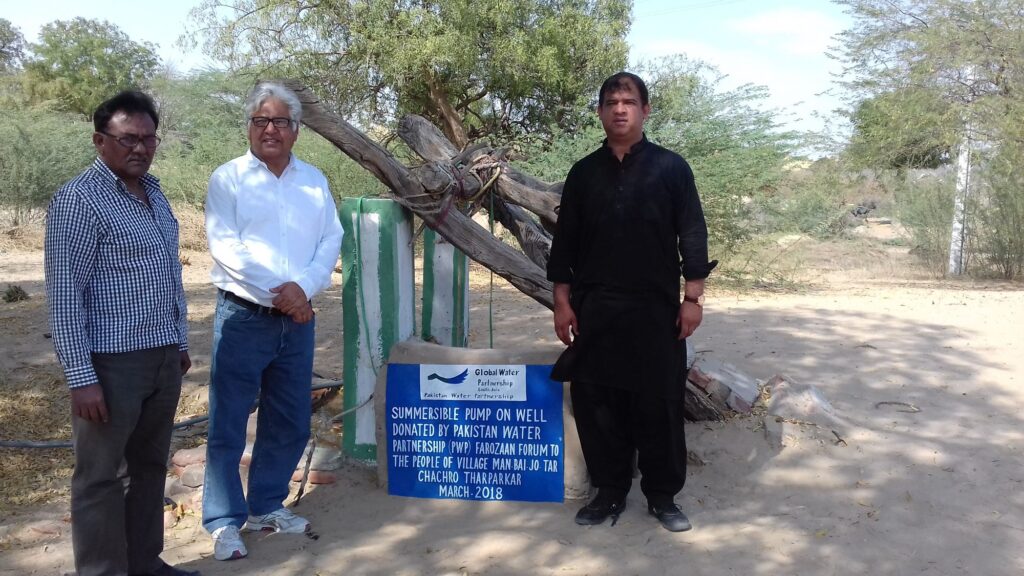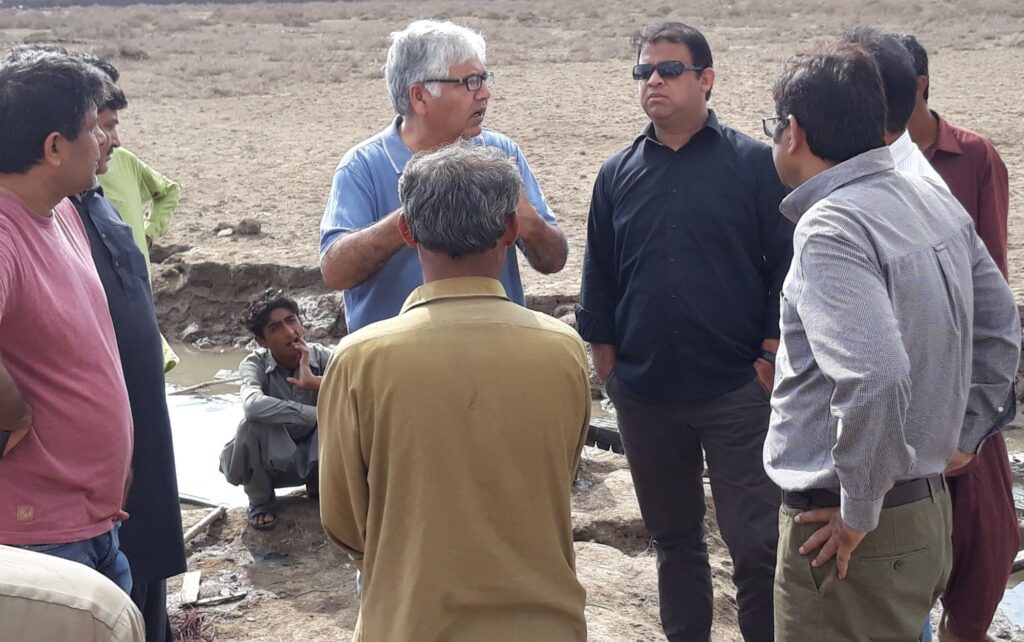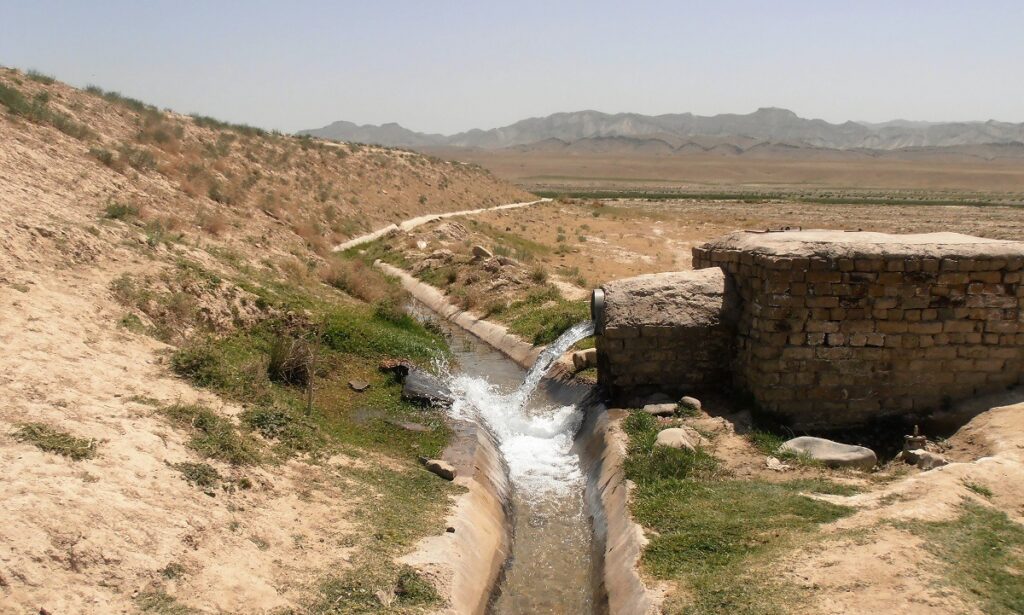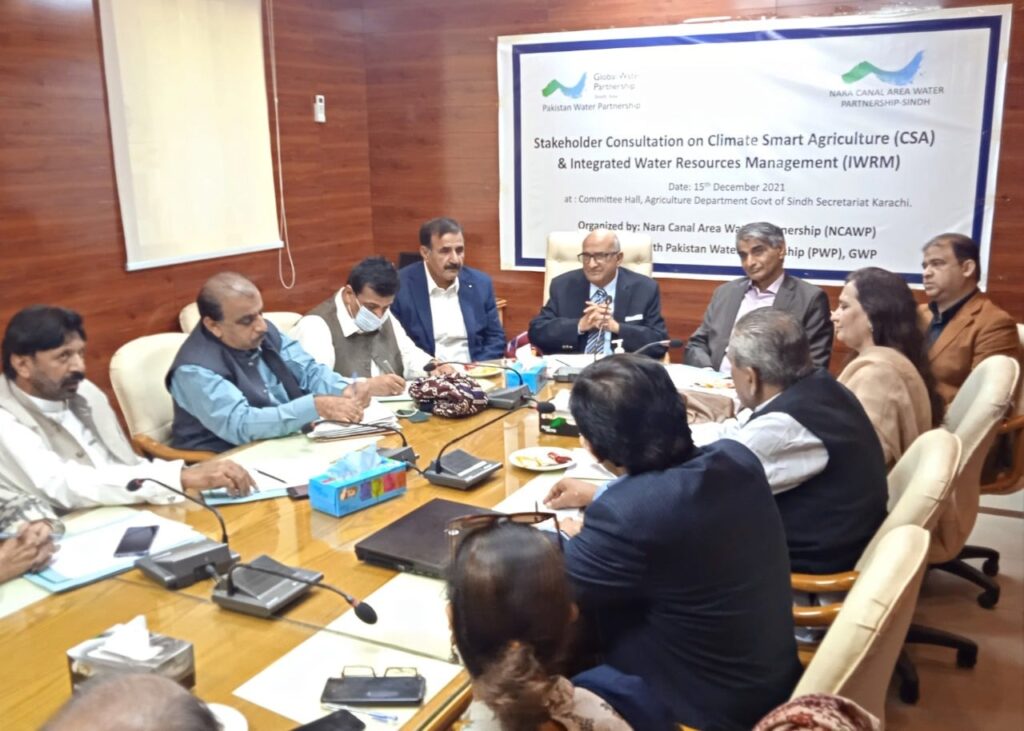About Us

Pakistan Water Partnership
The Pakistan Water Partnership (PWP) was established in 1999 as a non-profit, non-governmental organization. We serve as a bridge between local communities, policymakers, and international organizations to improve water management and promote sustainability.
Our work is guided by the principles of transparency, inclusiveness, and accountability, ensuring that water remains a shared resource — managed responsibly for people and nature alike.
Our Vision
A water-secure Pakistan where every individual, community, and ecosystem has equitable access to clean and sustainable water.
Our Mission
Our Core Values
- Transparency — Open communication and accountability
- Inclusiveness — Engaging all stakeholders, especially women and youth
- Innovation — Promoting modern and sustainable water solutions
- Collaboration — Building partnerships for collective impact


What We Do
Our VALUE PROPOSITION: We’re a large, diverse, inclusive, multi-stakeholder partnership that supports communities and countries to improve the way they manage water. Put simply, we’re about bringing water users together (that’s everyone) to solve water problems.Pakistan Water Partnership PWP is enthusiastically moving forward to provide a sustainable solution to the areas with water problemwhich includes Tharparkar Drought problem and to work for arranging clean drinking water to a faraway Goth of Tharparkar on demonstration basis for replication by the communities with the support of NGOs working in the area.
Pakistan Water Partnership PWP under the Water and Climate Resilience Programme of GWP has trained over 240 farmers of six Area Water Partnership AWPs in modern rainwater harvesting and latest irrigation technologies to enhance their productivity and improve livelihood.
Where We Work
The Global Water Partnership (GWP) is a global action network with over 3,000 Partner organizations in 183 countries. The network has 86 Country Water Partnerships and 13 Regional Water Partnerships.
The network is open to all organizations involved in water resources management: developed and developing country government institutions, agencies of the United Nations, bi- and multi-lateral development banks, professional associations, research institutions, non-governmental organizations, and the private sector.
GWP’s action network provides knowledge and builds capacity to improve water management at all levels: global, regional, national and local. GWP does not operate alone. Its networking approach provides a mechanism for coordinated action and adds value to the work of many other key development partners.
We are an ‘on-the-ground’ network that mobilizes government, civil society, and the commercial sector to engage with each other to solve water problems.
Usually those problems stem from the demands of competing water users so it’s about how to manage, or govern, the resource itself. Our focus is on improving the way water is managed across sectors – it’s called the integrated approach.
Our comparative advantage is a large and diverse multi-stakeholder network that can deploy 20 years of knowledge and experience in applying the cross-sectoral integrated water resources management approach to sustainable development.
We’ve succeeded when water is managed sustainably while at the same time maximizing social and economic welfare.


